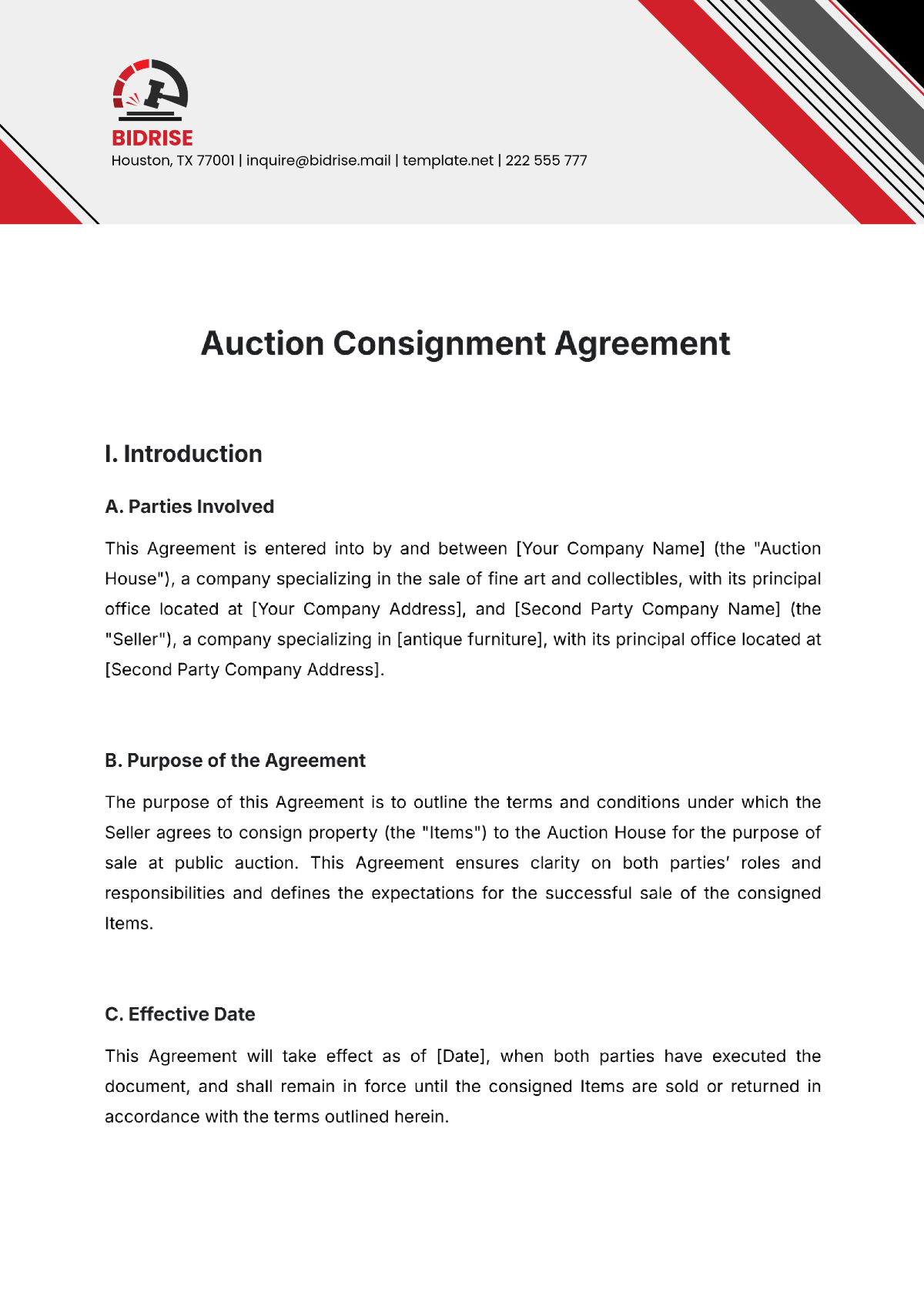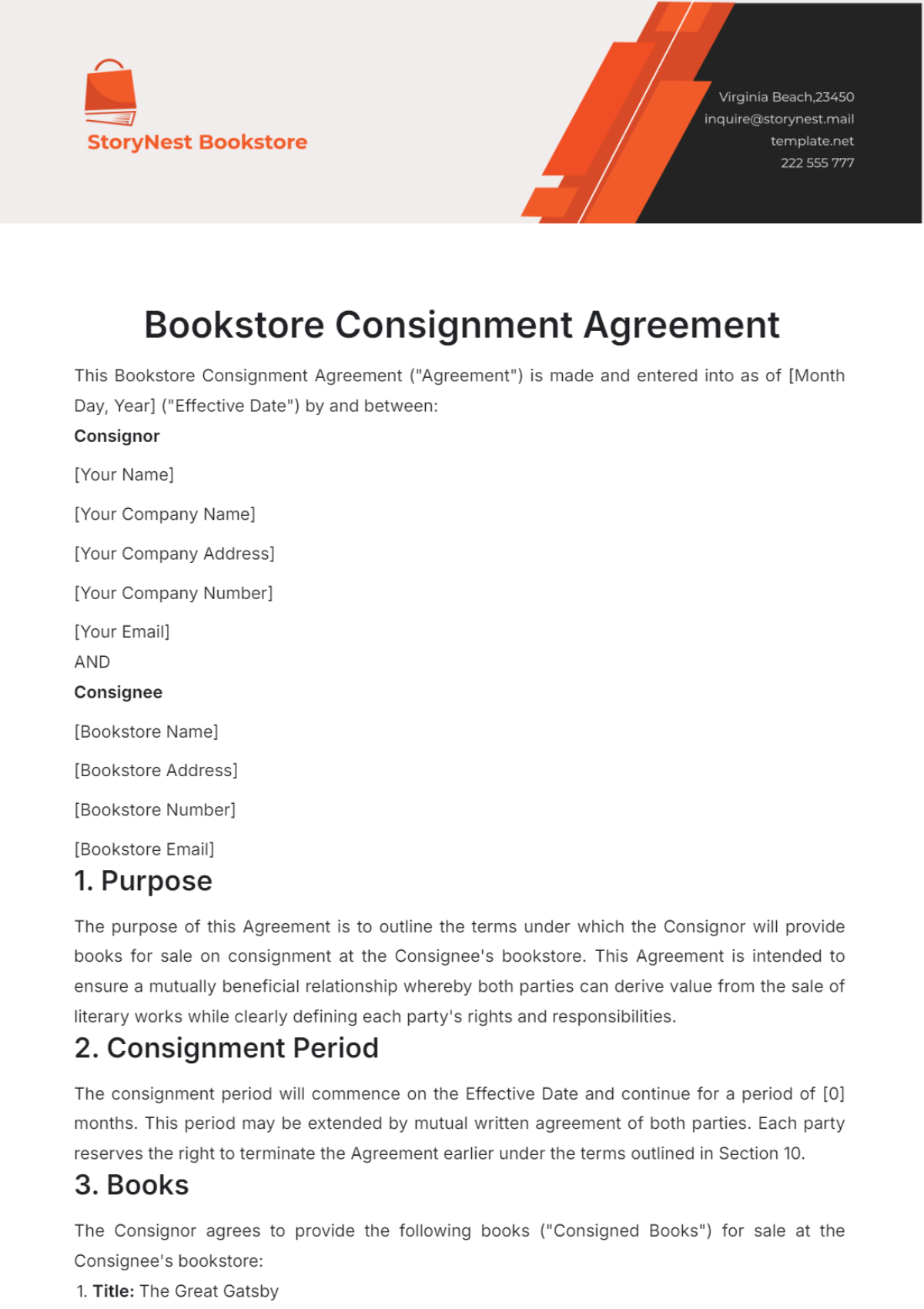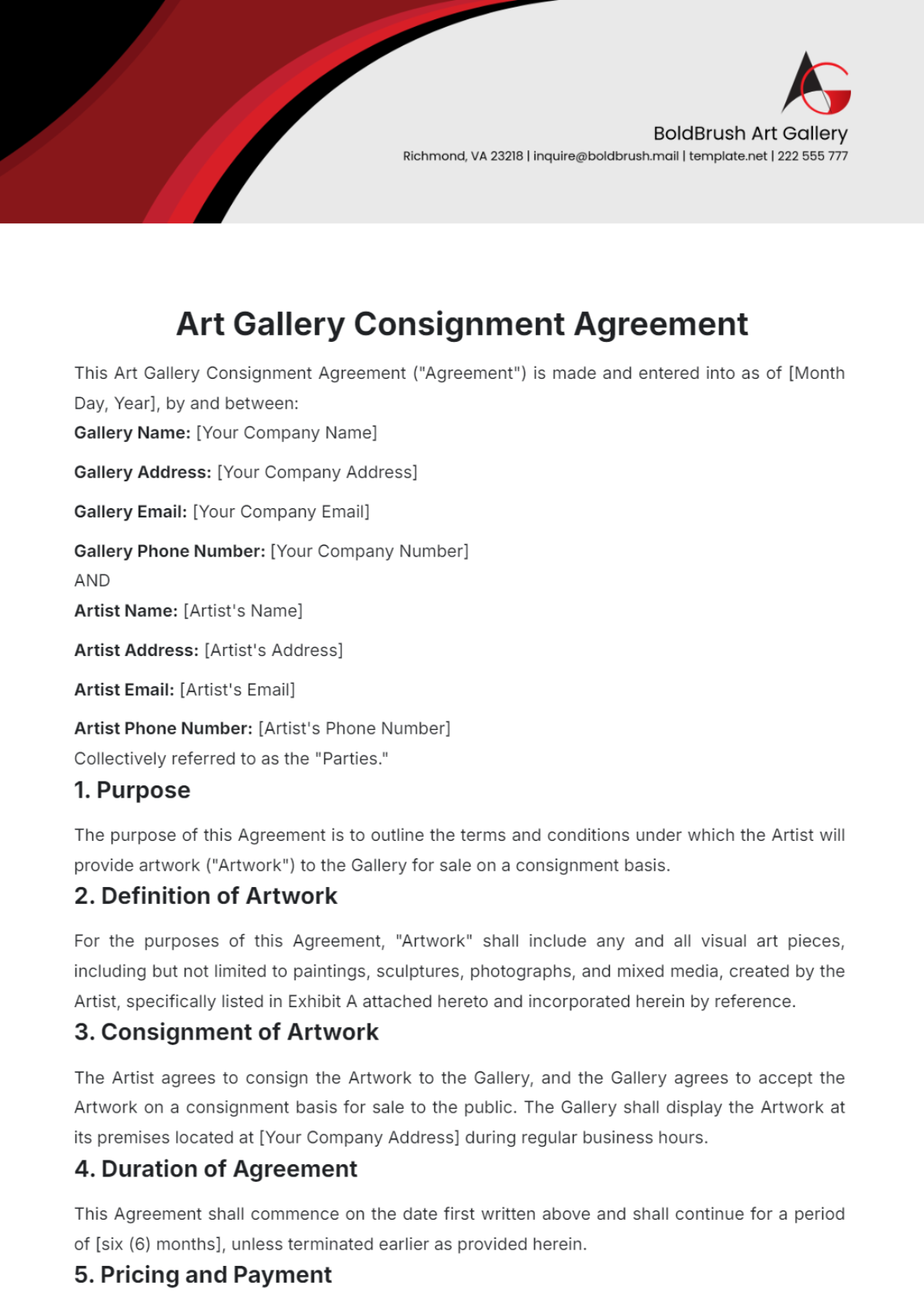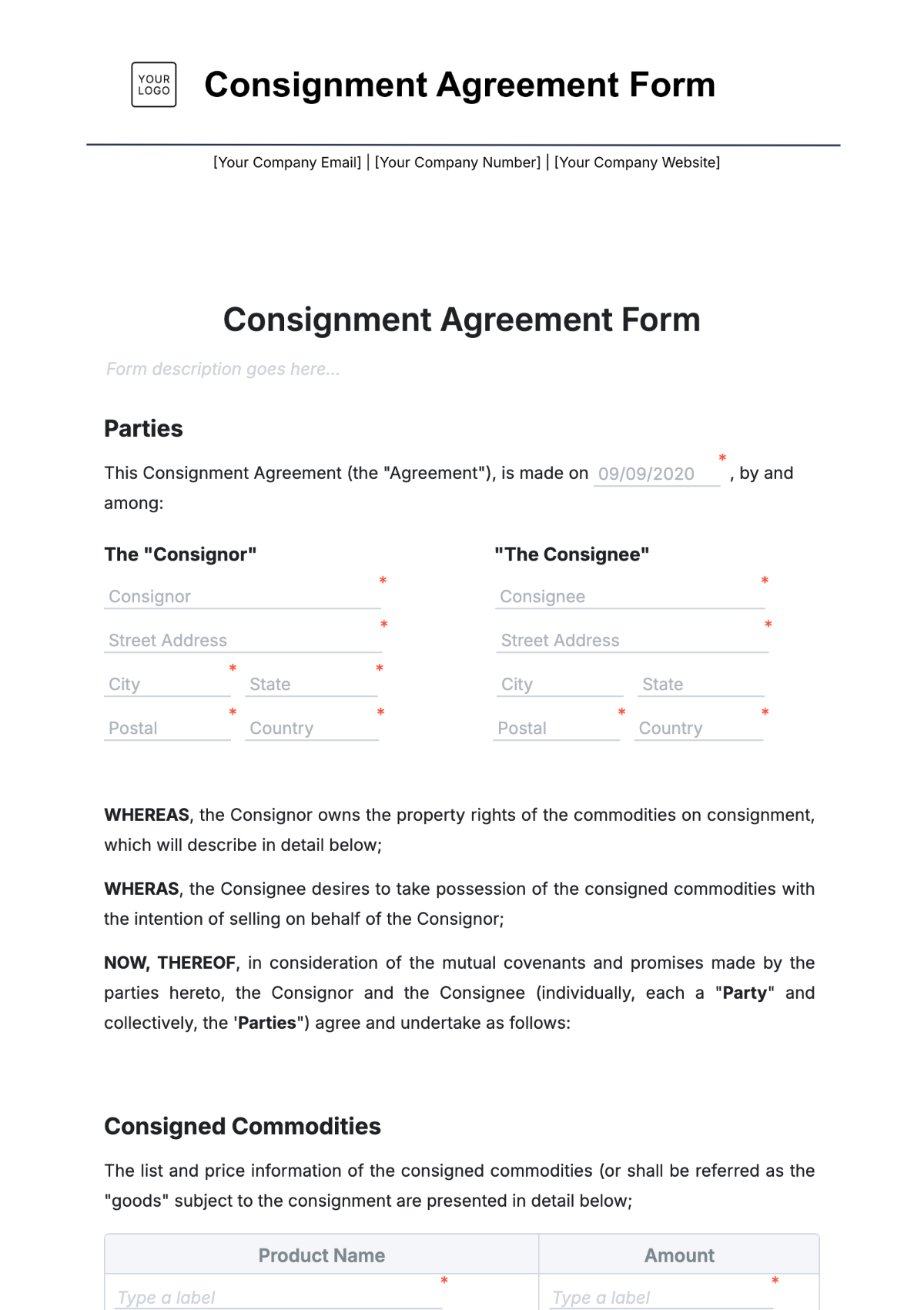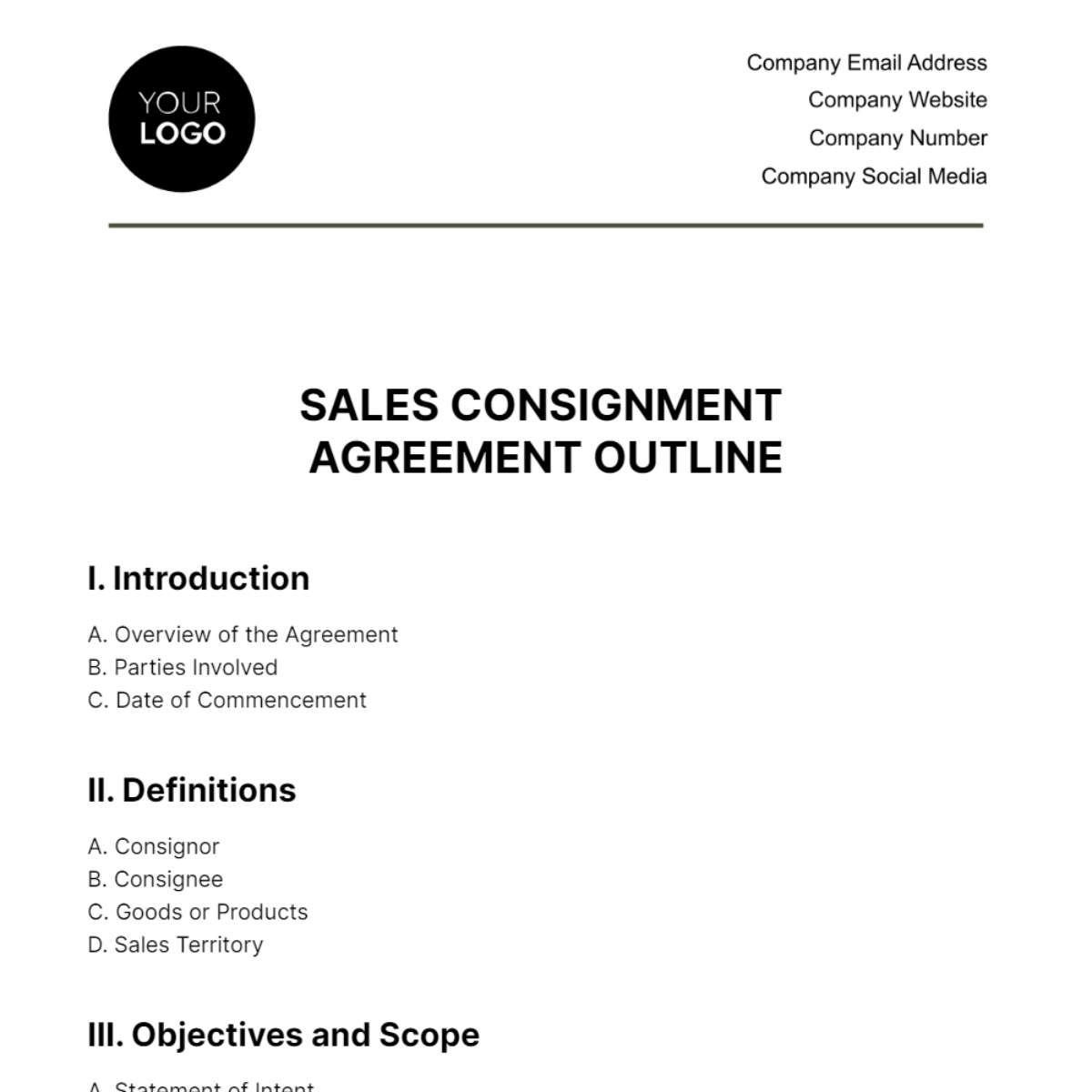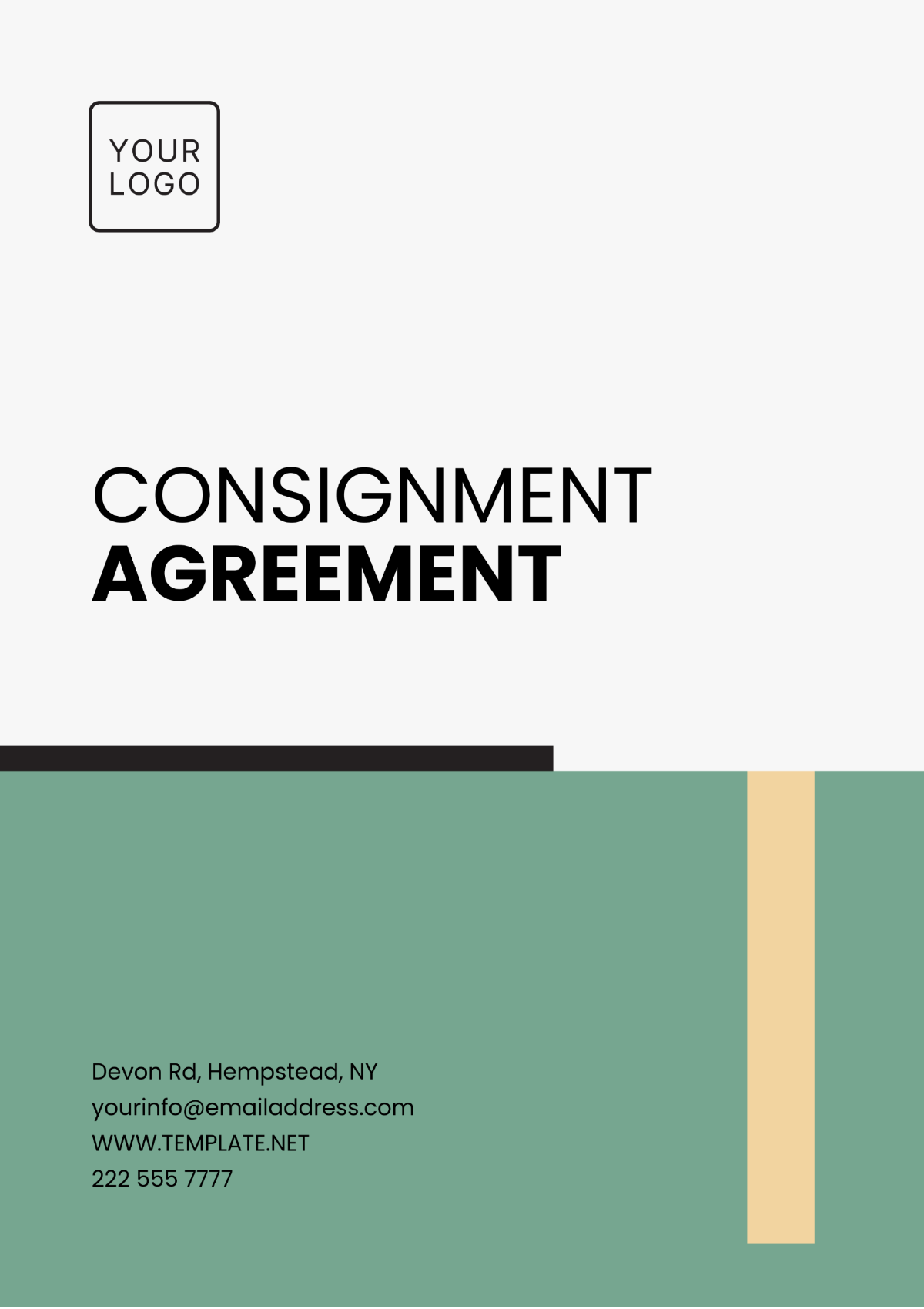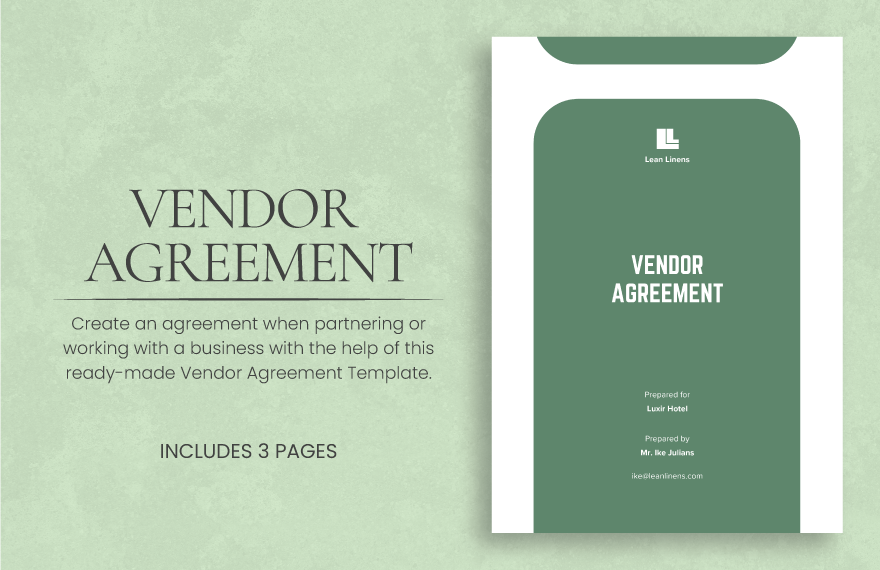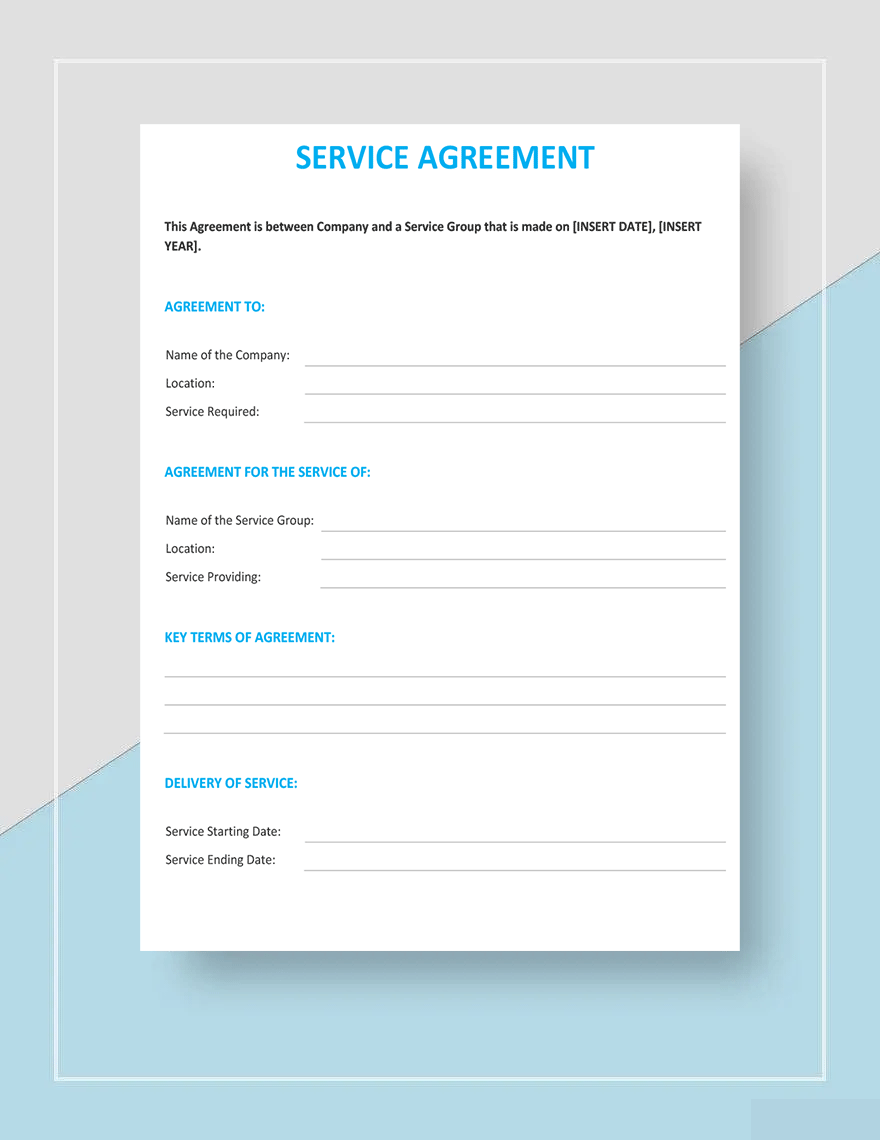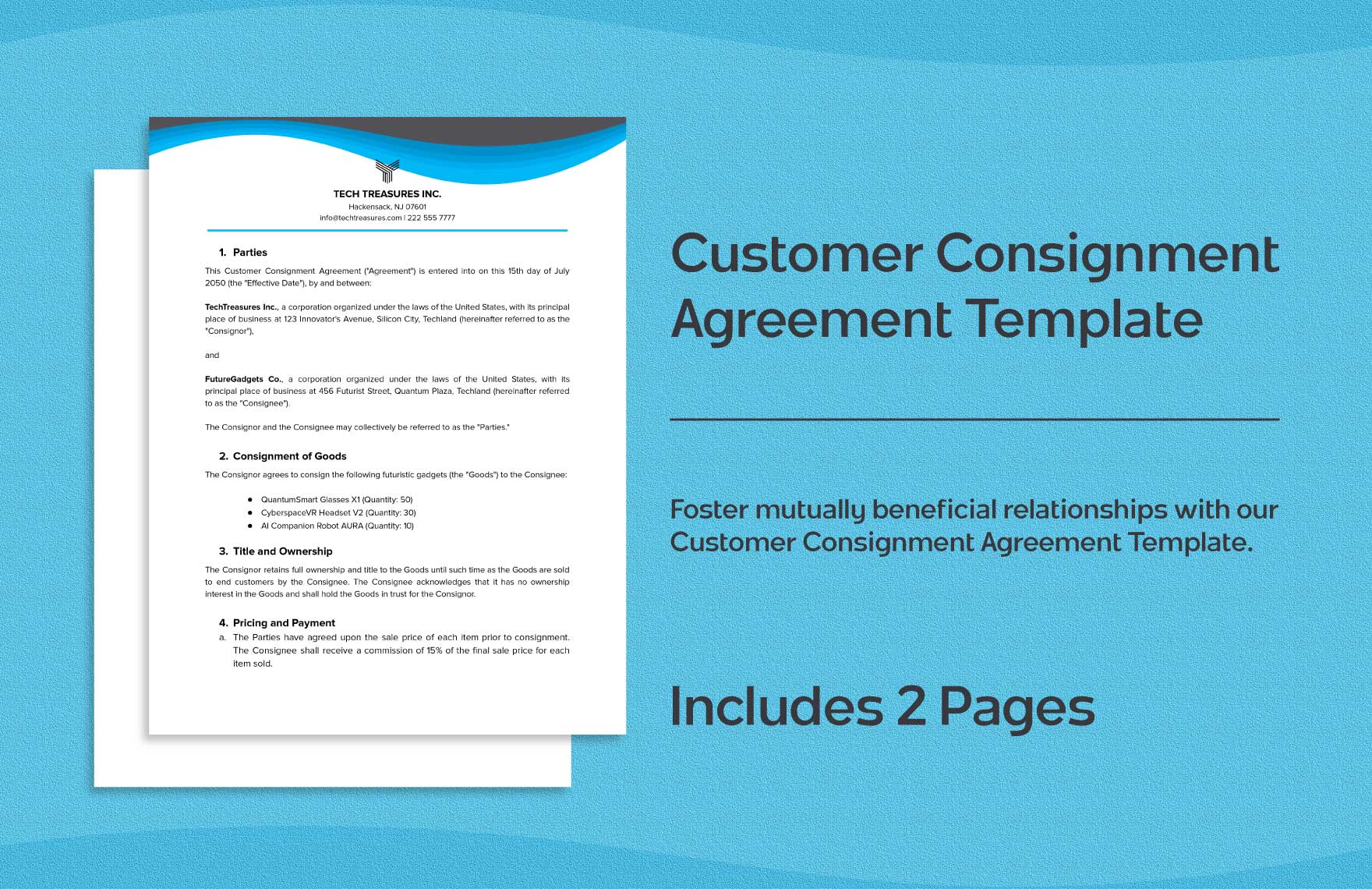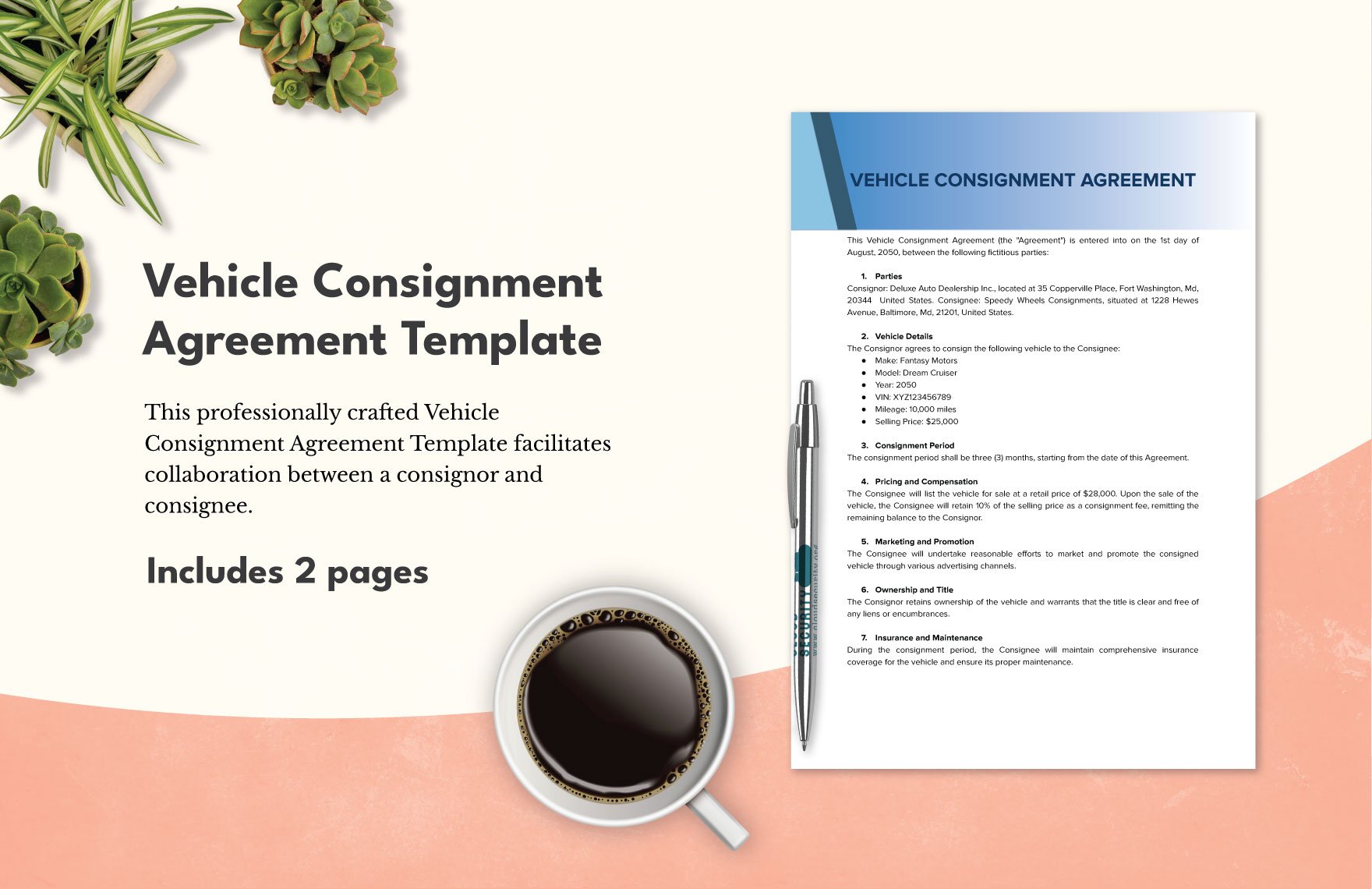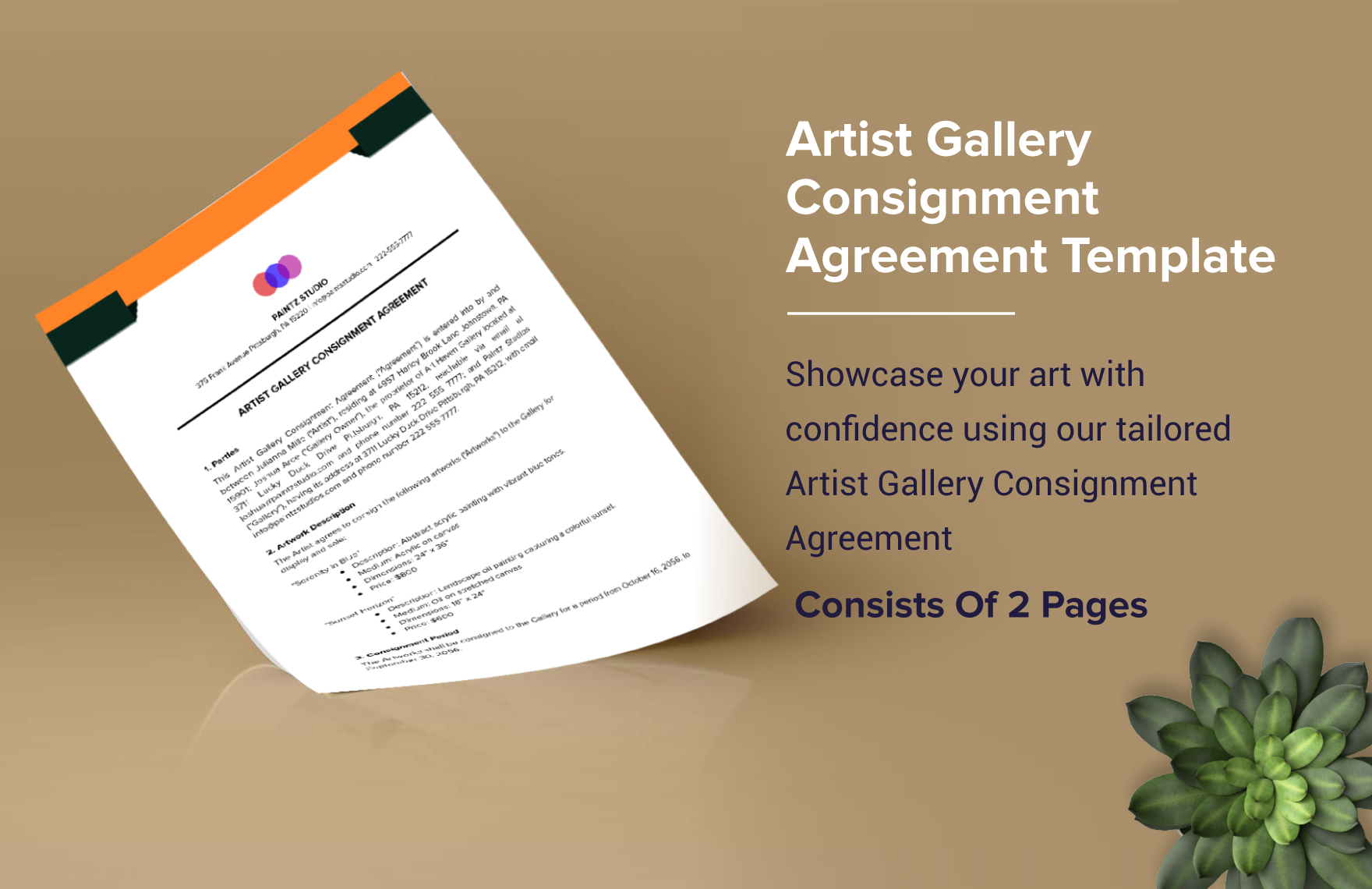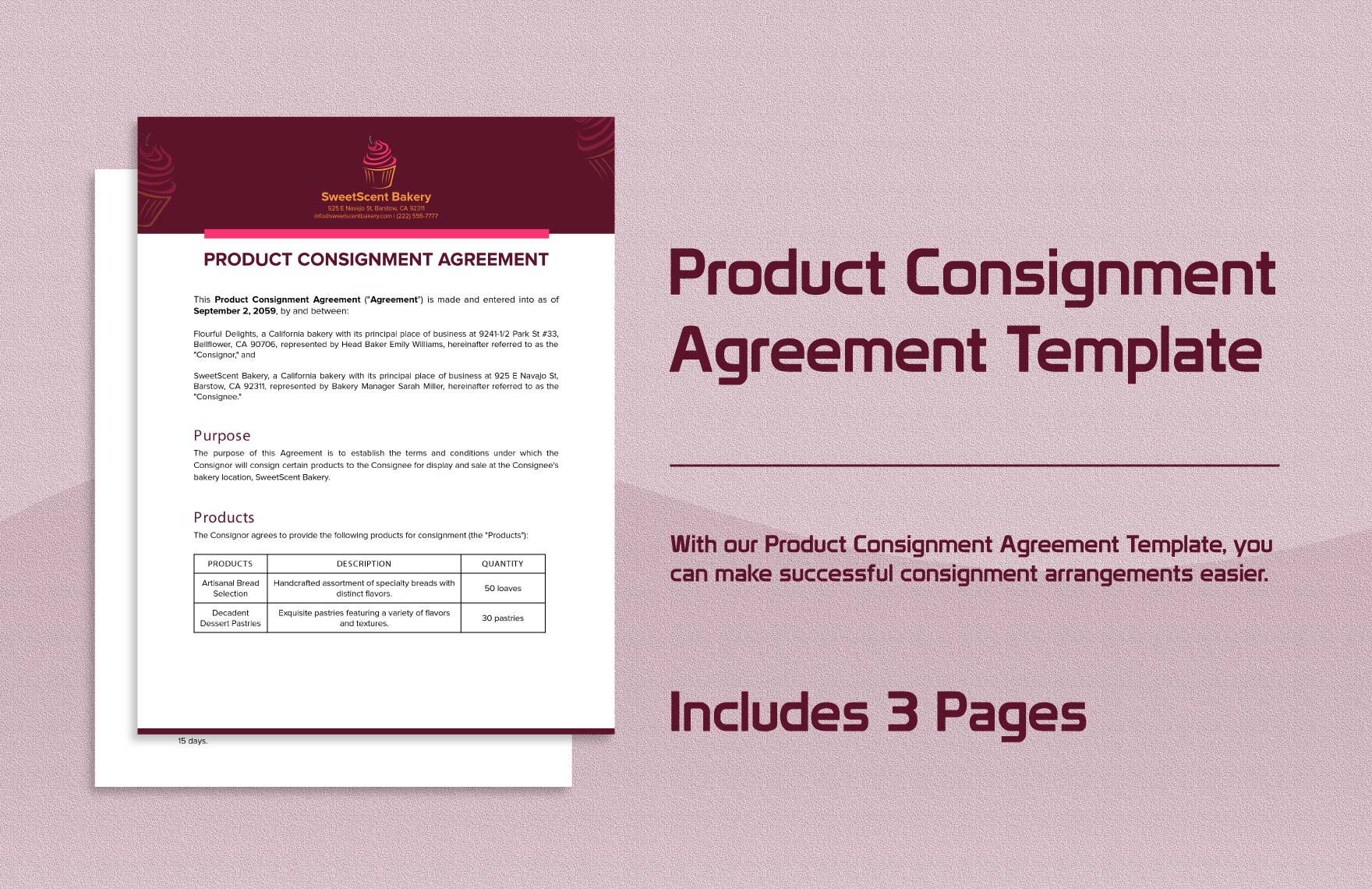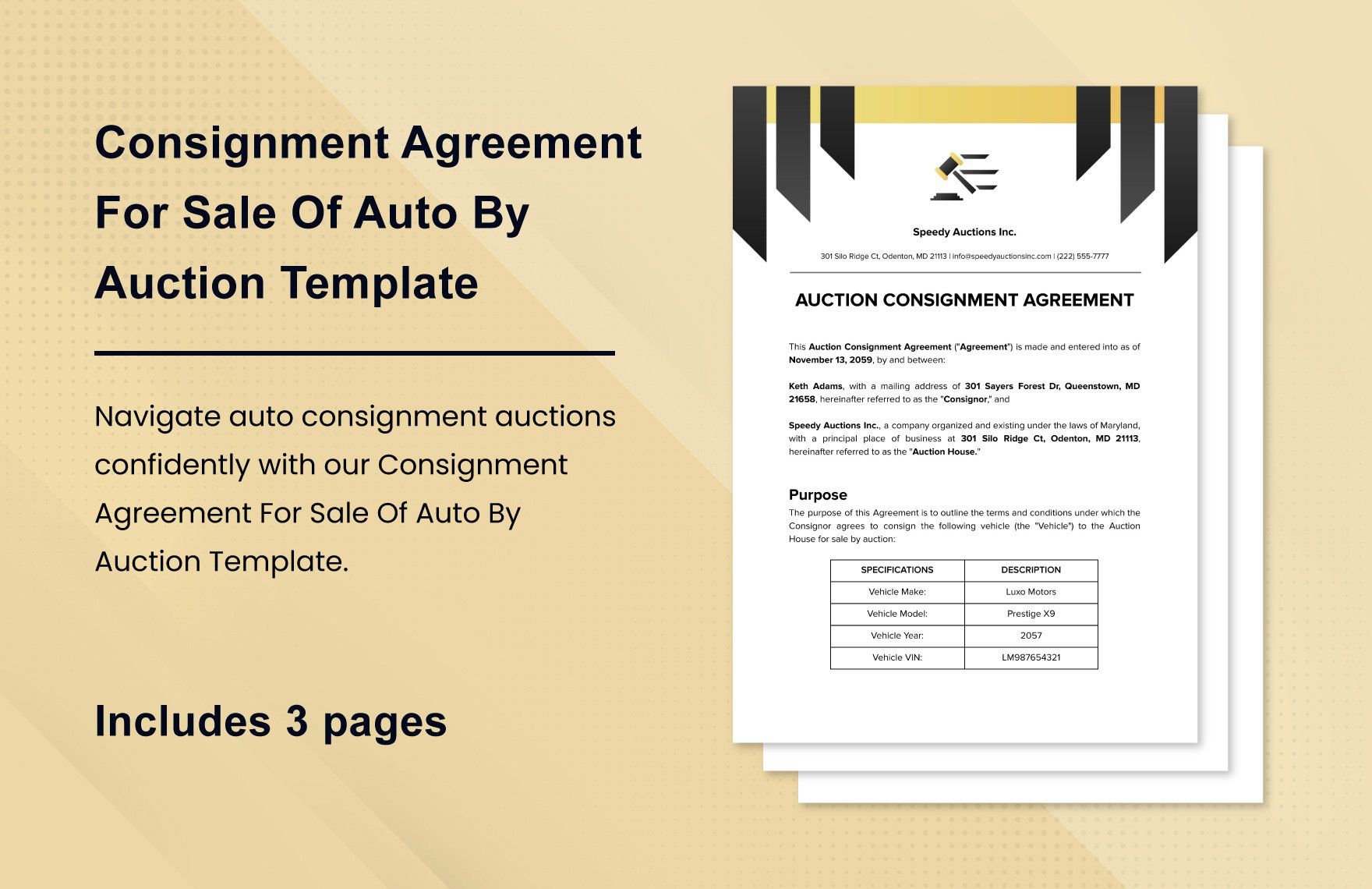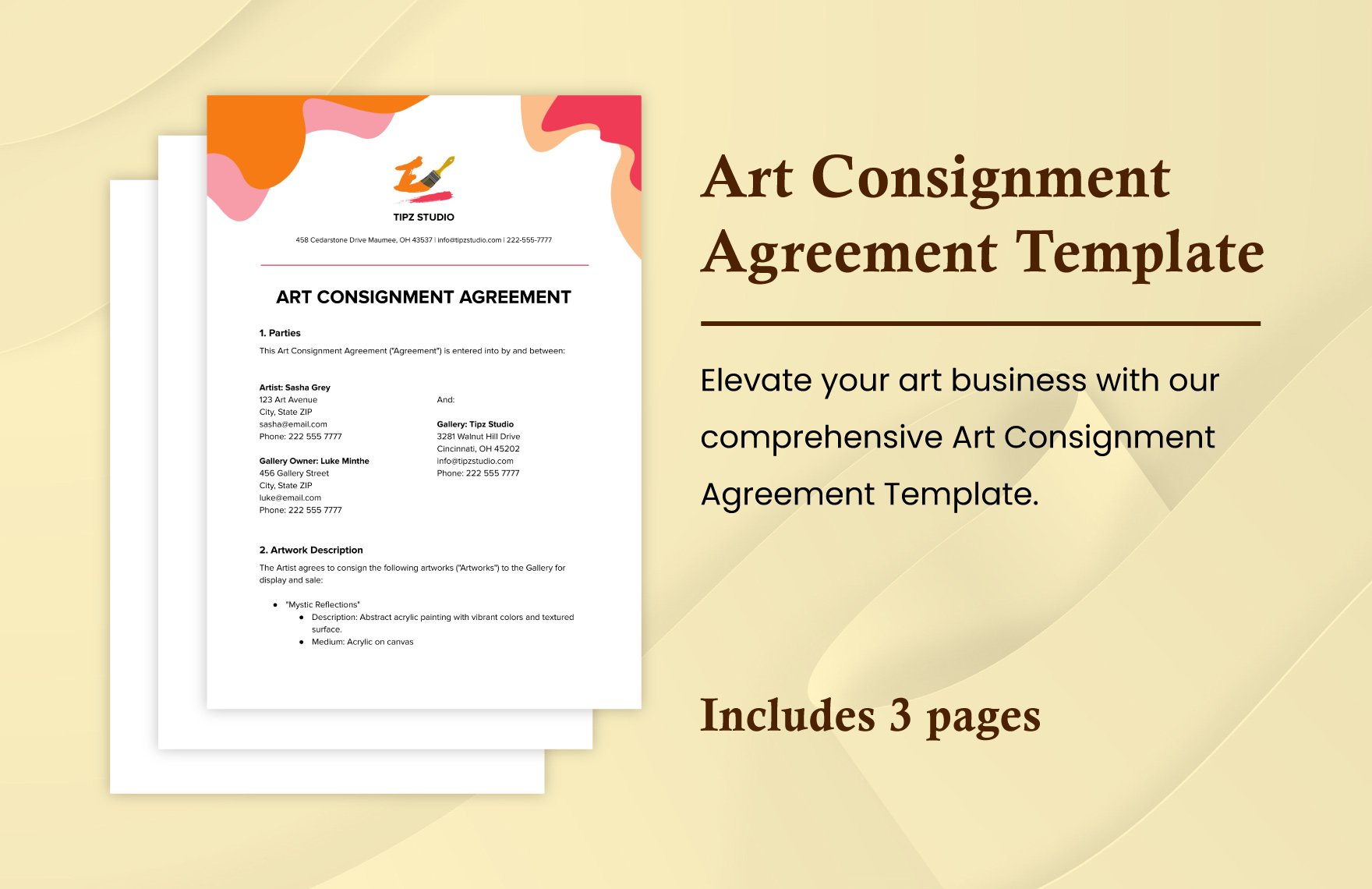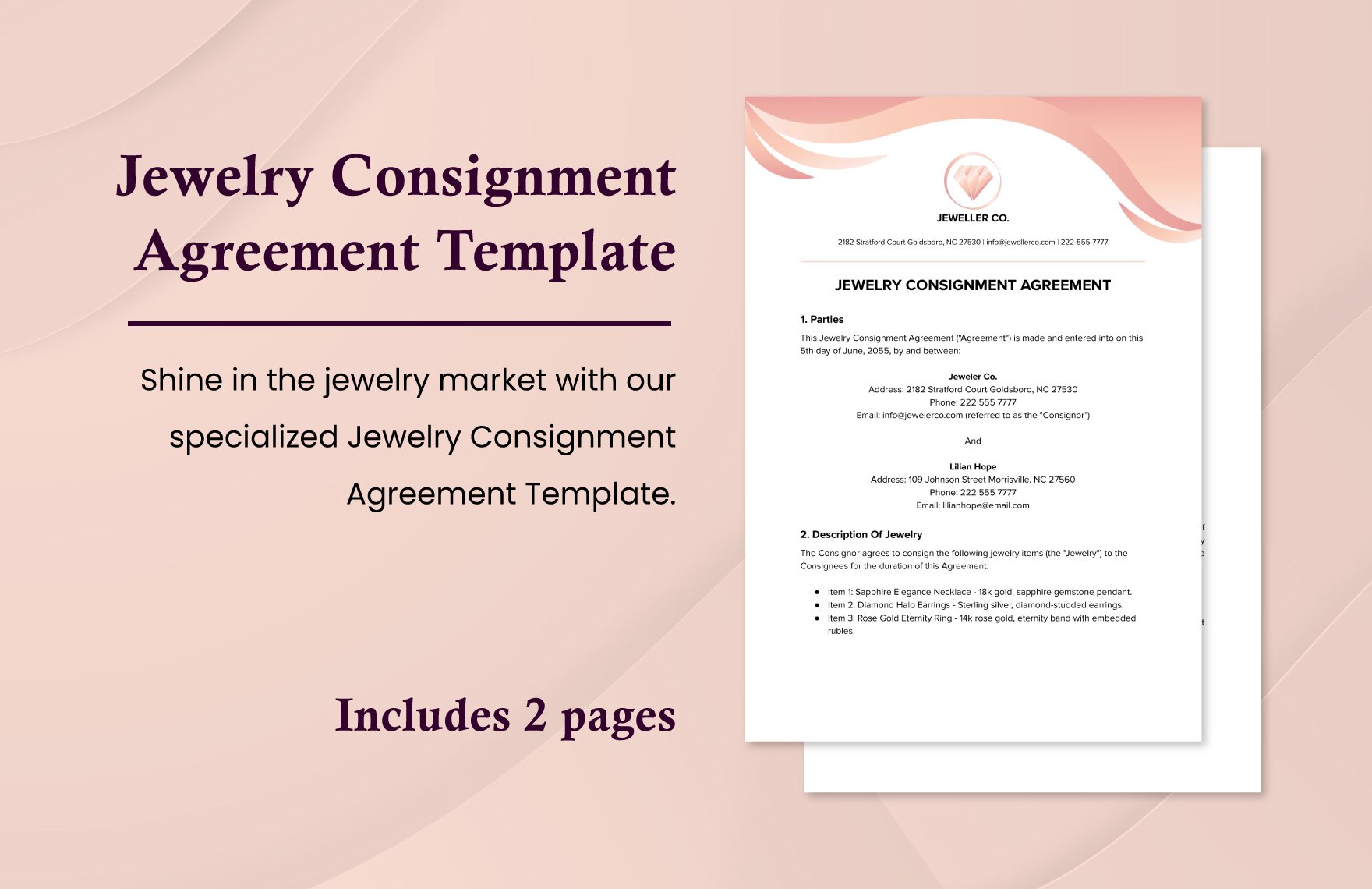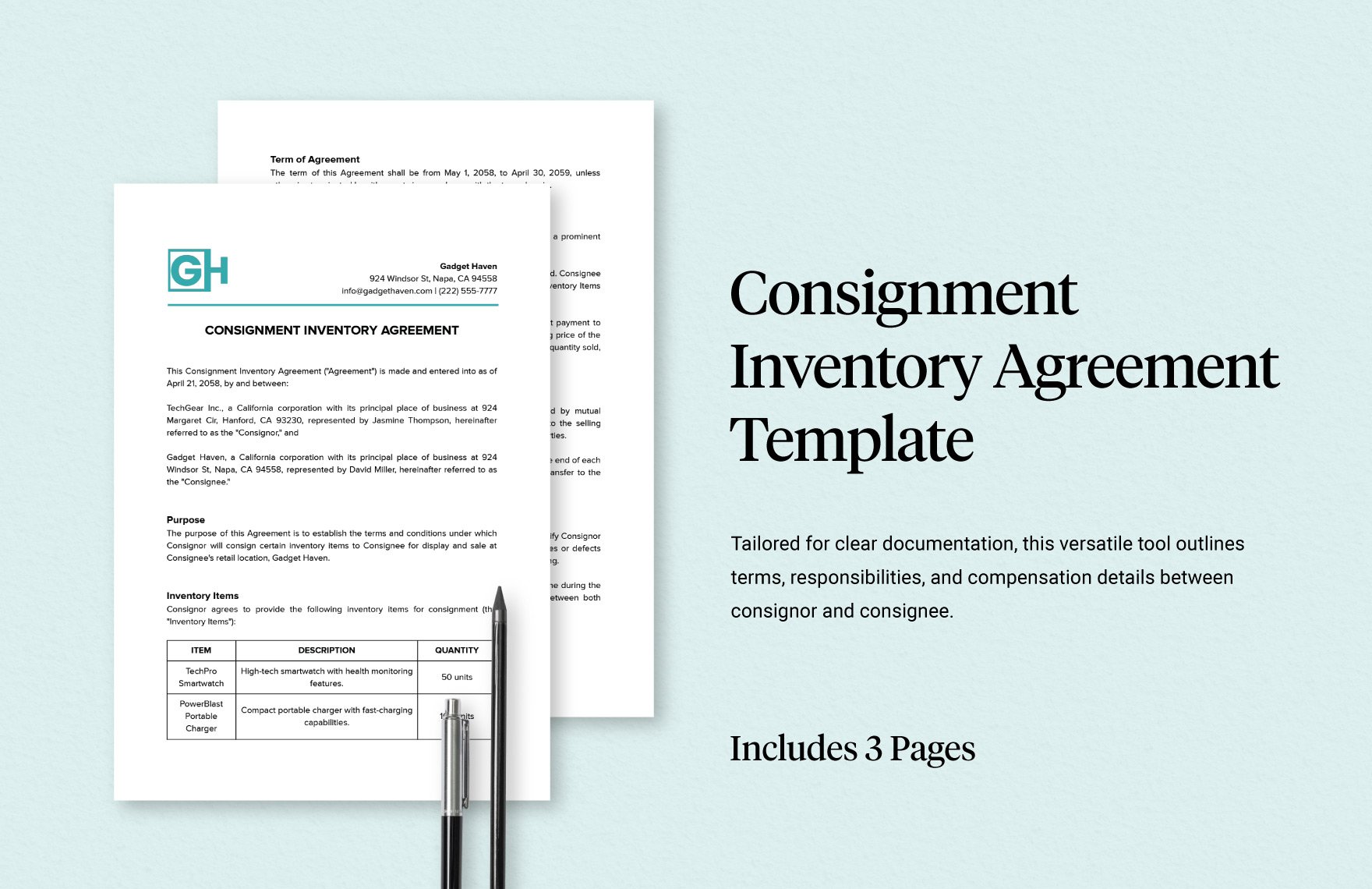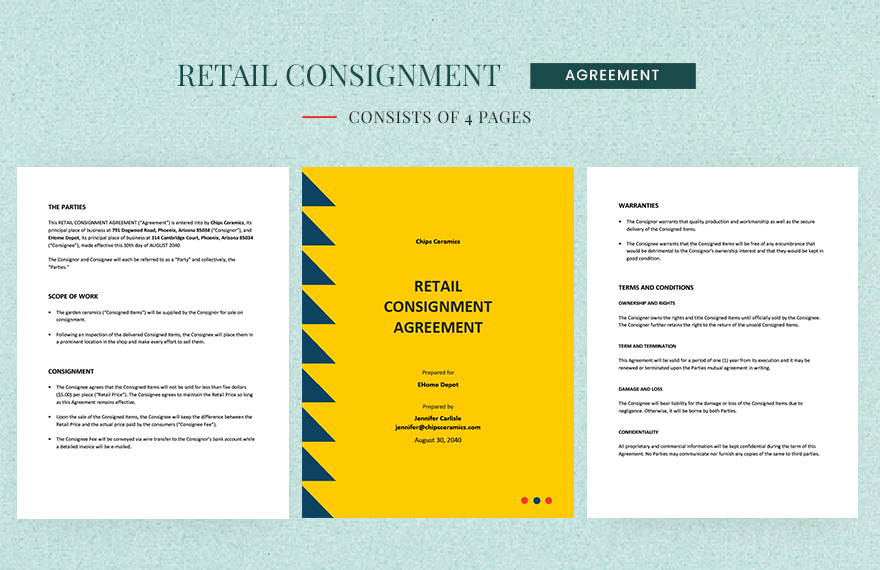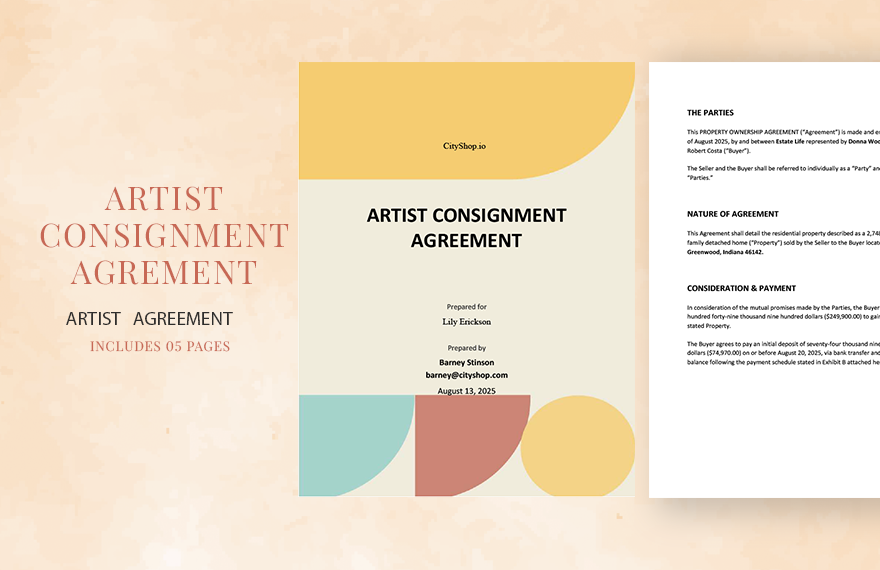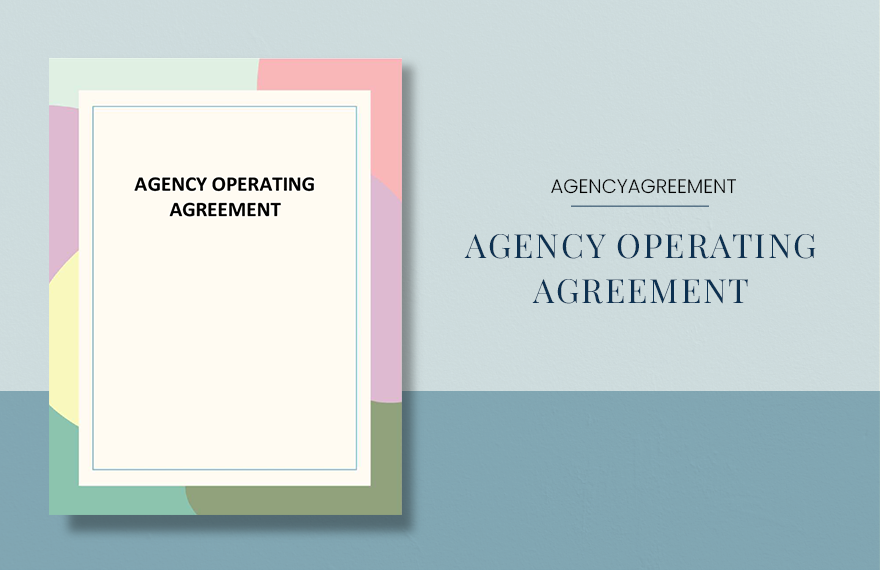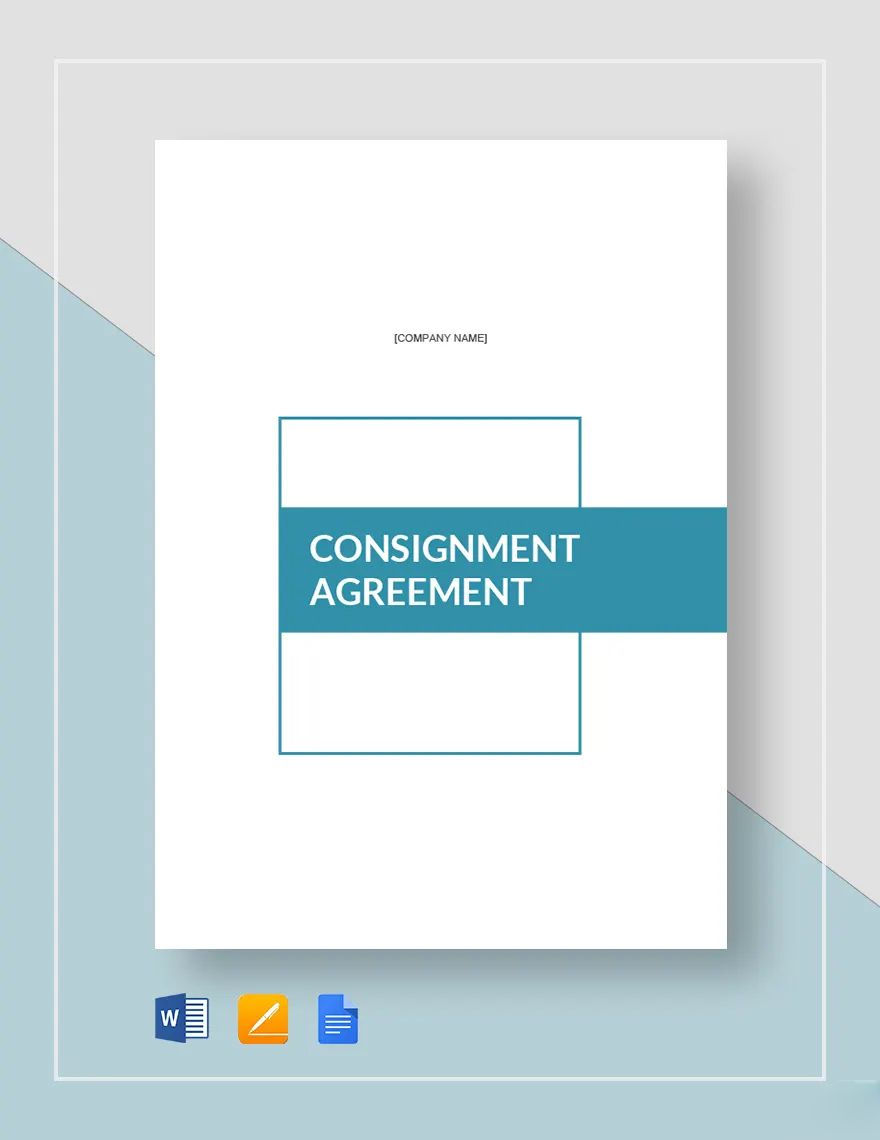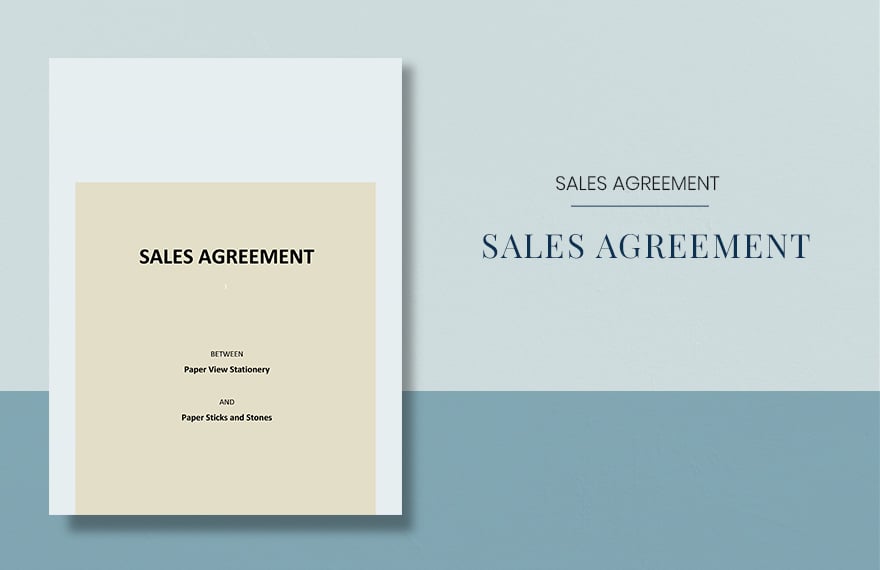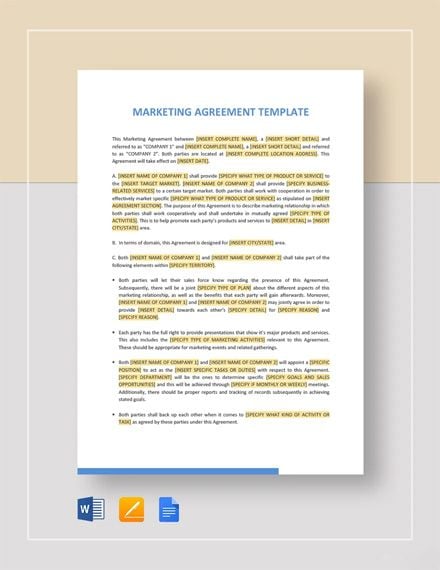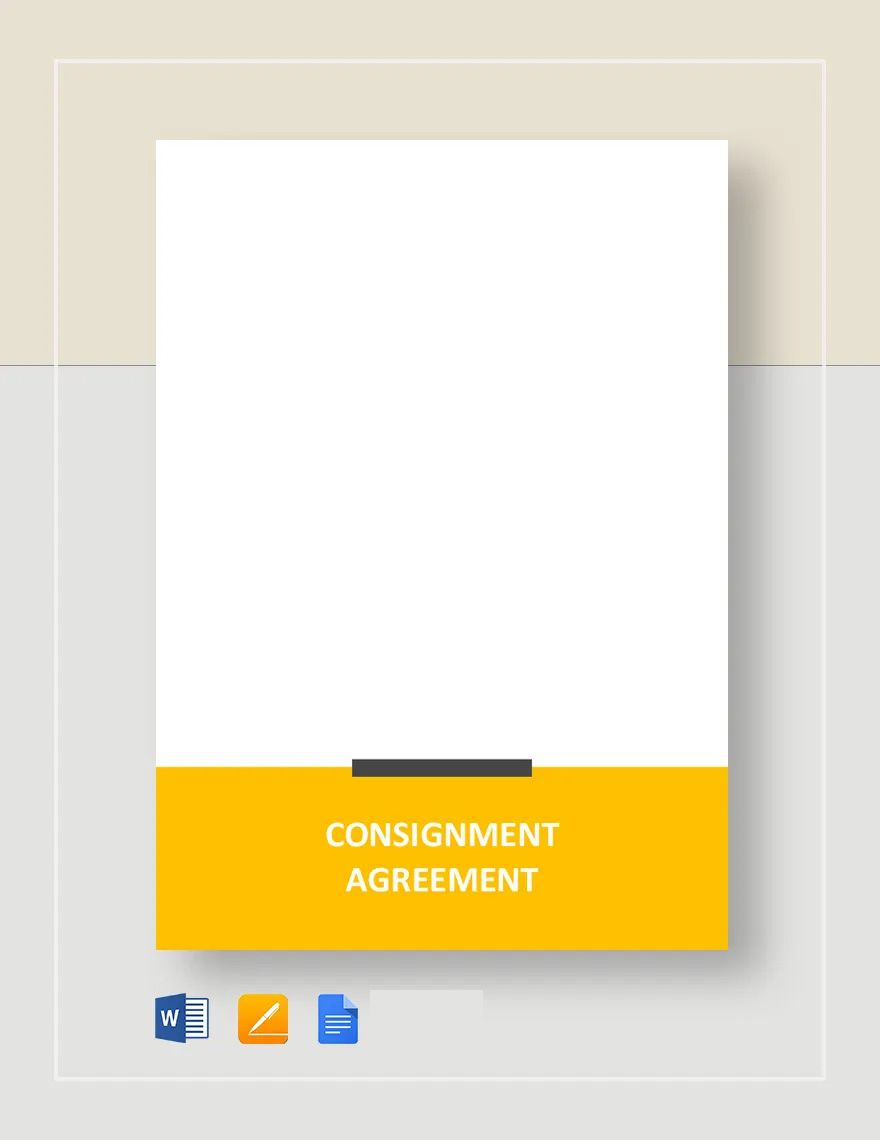Make Your Business Transactions Seamless with Consignment Agreement Templates from Template.net
Keep your business dealings transparent, professional, and efficient with Consignment Agreement Templates from Template.net. Designed for entrepreneurs, retail owners, and suppliers, these templates ensure you can effectively manage your consignment inventory, protect your interests, and maintain clear agreements with partners. Whether you're setting up a new retail consignment or documenting existing agreements, our templates provide a reliable platform to outline terms such as payment, commission, and inventory management. Each template includes essential details like party names, agreement dates, and item descriptions, making your documentation comprehensive and easy to follow. No legal expertise is required to personalize them, as they come with professional-grade design, ready to meet your specific needs.
Discover the many Consignment Agreement Templates we have on hand to streamline your business operations. Begin by selecting a template that suits your business model, then easily swap in relevant information and tailor the terms to reflect your specific needs. Customize fonts and colors to reflect your brand, and enhance your documents by dragging and dropping icons or graphics. With our AI-powered text tools, create clear and concise agreements without any hassle. The possibilities are endless, and these templates are designed to be user-friendly, making them accessible for anyone. With regularly updated templates, stay ahead of the curve with the latest design trends. When you're finished, download your consignment agreement or share it conveniently via email, ensuring swift communication and collaboration with your partners.

